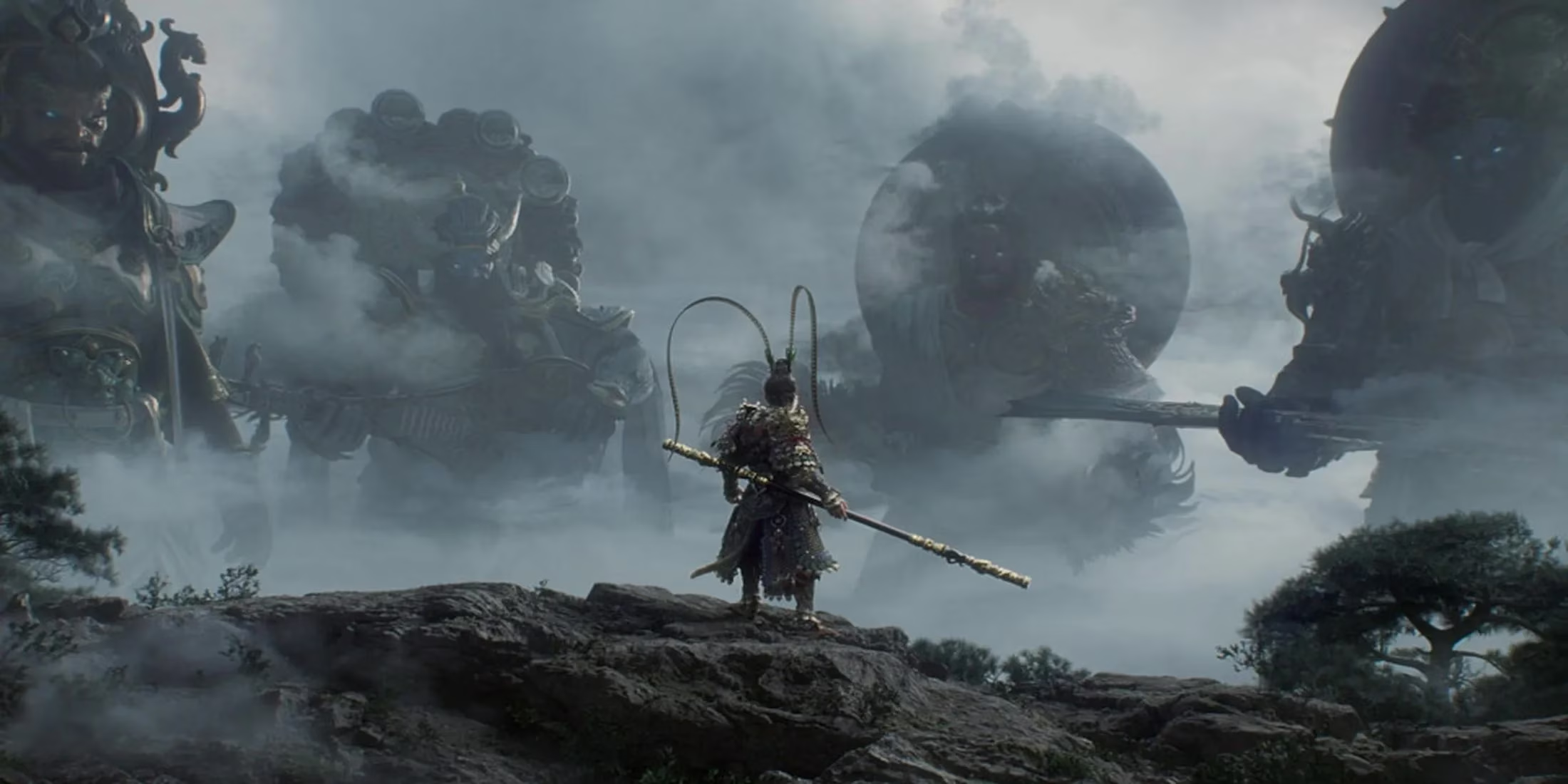As I reflect on the gaming landscape of 2025, few phenomena captivated me like the explosive debut of Black Myth: Wukong last year. Game Science's masterpiece didn't just shatter sales records—it reignited global fascination with Sun Wukong, the legendary Monkey King from Journey to the West. What struck me most was how this gritty action RPG subconsciously echoes the DNA of Dragon Ball Z, another titan inspired by the same 16th-century epic. At first glance, comparing a dark soulslike adventure with Akira Toriyama’s vibrant anime seems absurd. Yet both tap into that timeless trickster spirit, proving myths evolve across generations like monkeys leaping between cultural branches. Isn't it fascinating how a 500-year-old tale simultaneously fuels a hyper-realistic game and a cartoonish alien saga?
🔍 Faithfulness to the Mythos
Black Myth: Wukong stunned me with its reverence for the source material. You literally embody Sun Wukong’s godlike power in the opening minutes—swinging the Ruyi Jingu staff, summoning clones, and shape-shifting—before continuing as his reincarnation, the Destined One. This isn’t just homage; it’s archaeological storytelling. Meanwhile, Dragon Ball Z’s Goku (whose name derives from Sun Wukong’s Japanese moniker, Son Goku) takes a metaphorical approach. He’s not a literal monkey but a Saiyan alien, yet retains core traits: chaotic-good morality, thirst for battle, and that signature cloud-riding (remember the Flying Nimbus?).
People Also Ask:
- How closely does Goku resemble the original Monkey King?
While Goku shares Wukong’s fearlessness and love for adventure, he lacks the mythological baggage—no heavenly rebellions or Buddhist enlightenment arcs.
🎨 Visual Divergence in Design
Where Black Myth: Wukong immerses you in painstakingly crafted temples and misty mountains, Dragon Ball Z bombards the senses with neon-haired warriors against candy-colored planets. I was awed by Game Science’s gritty realism—every matted fur strand on the Destined One whispers ancient China. Contrast this with Goku: only his childhood tail and Super Saiyan 4 form hint at simian roots. Even their transformations differ wildly: Wukong’s abilities feel mystical (like shrinking into a cicada), while Goku’s power-ups emit literal electric auras.

Black Myth: Wukong’s haunting landscapes ground the myth in tangible history.
📖 Narrative Visions Compared
Here’s where philosophies clash. Dragon Ball Z blends martial arts with cosmic threats—picture Goku punching aliens through skyscrapers amid goofy humor. It’s popcorn spectacle. Black Myth: Wukong, though, treats Sun Wukong’s legacy like sacred text. Your quest to resurrect him becomes a meditation on Buddhist themes: desire, suffering, and transcendence. No quippy sidekicks here—just haunting whispers from relics.
People Also Ask:
- Why did modders create a Goku skin for Black Myth: Wukong?
Because fans instinctively sensed the kinship! That viral 2024 mod replacing the Destined One with Goku wasn’t just fun—it validated how both icons channel the Monkey King’s rebellious soul.
🌍 Cultural Impact and Legacy
In 2025, it’s clear both adaptations expanded the myth’s reach. Dragon Ball Z made Sun Wukong a global anime staple, while Black Myth: Wukong reintroduced his complexity to gamers. Yet their differences highlight a bigger truth: myths aren’t fossils. They’re clay—molded by each era’s hands. Toriyama remixed Wukong into a superpowered alien; Game Science resurrected him as a tormented god. Both are "correct" interpretations.
| Aspect | Black Myth: Wukong | Dragon Ball Z |
|---|---|---|
| Core Themes | Spiritual enlightenment 🧘 | Battle-driven heroism 💥 |
| Visual Style | Hyper-realistic, somber | Bright, exaggerated |
| Source Adherence | Direct, textual | Loose, symbolic |
So I leave you with this: As AI and VR let us reshape legends in unimaginable ways, what classic myth deserves the next groundbreaking adaptation—and how wildly should we reimagine it?